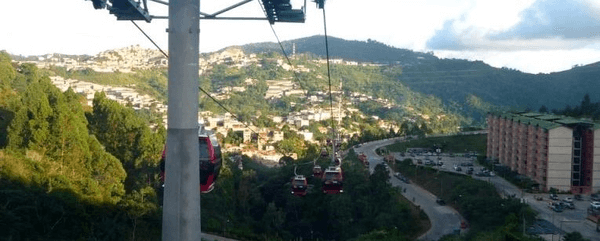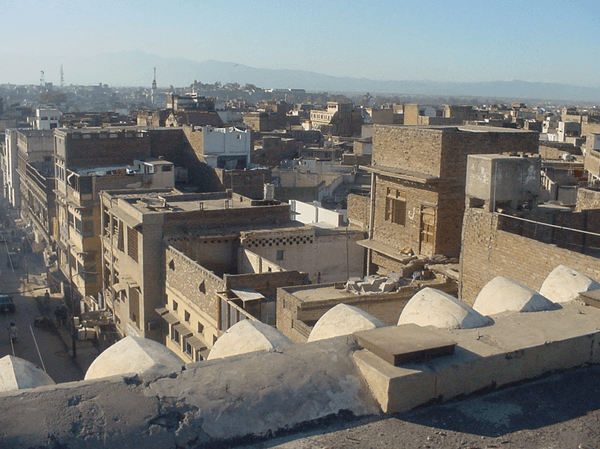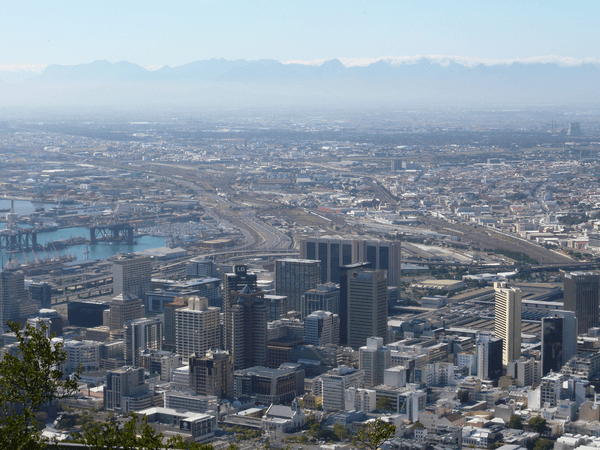The Berlin Strategy provides specific development goals, identify appropriate fields of action for collaborative work and outine a clear vision of what Berlin will have achieved by 2030. Strategic actions will respond to major challenges in ensuring sustainable development of the city. Both individually and together, they form the basis of an integrated approach to urban development.
The Berlin Strategy sets out eight priorities:
- Strengthening the economy with smart knowledge
- Unleashing strengths through creativity
- Safeguarding employment through education and skills
- Reinforcing neighbourhood diversity
- City and green growing together
- Laying the groundwork for a climate-friendly city
- Improving accessibility and city-friendly mobility
- Shaping the future together
The Berlin Strategy provides city-wide development perspectives focusing on specific selected urban locations in spatial terms. For these transformation areas, the Urban Development Concept Berlin 2030 describes the targeted direction of development. Target situations are defined while practical approaches to achieving them are also indicated. Transformation areas can be regions that are undergoing change and need intervention from the public sector, that are suitable for location profiling, or play a significant role in the fabric of the city. The transformation areas offer urban development planning the advantage of steering important development decisions in the right direction and setting priorities. This also allows public and private stakeholders to engage in coordinated group actions.
Throughout the process, participation was encouraged using a range of creative analogue and digital communications tools. Written messages in the form of ‘Berlin telegrams’ sent to workstations were posted on the city’s advertising columns and distributed by email and post. To foster community engagement, debates were organized via twitter and the Berlin 2030 City Development Plan’s online platform. The online dialogue was supported by on-site workshops for representatives from the economic and research sectors and the general public, organized according to the City Forum format.
Following the reunification of Berlin, the City Forum was created as a public discussion platform for significant questions concerning urban development. From April 2013 onwards, the City Forum focused on the Urban Development Concept Berlin 2030 under the title "City Forum 2030". A total of five forums were organized and examined the following themes:
1 “Where is Berlin, where is Berlin going?”
The first forum identifed key challenges and social complexities that Berlin is facing today. At the same time, it questionned the urban development of Berlin in a European perspective.
2 “Berlin: social, fair. What keeps the city together?”
As Berlin is growing, it is becoming more multi-cultural. Providing equal opportunities for everyone is a major challenge and securing social coexistence and spatial balance is imprerative to maintain a functioning urban society.
3 “Berlin: economically prospering. What makes the city grow?”
Berlin is the capital of Germany and well known as a place for innovation and research. The city has established itself as a start-up metropolis and attracts creatives from all over the world. However, in comparison with other regions in the country, the economic situation of Berlin is below average. The economic development of the city will be strenghthened through investments in tourism, public services, as well as business and industrial sectors.
4 “The Berlin Strategy: Where Berlin Focuses”
The fourth forum focused on spatial dimension. The goal of the Berlin Strategy is to shape an economically prosperous, fair, ecologically balanced and culturally diverse city. “Transformation areas” have been identified as strategic places for responding to urban development challenges in the city.
5 “Berlin 2030: Forming a city together”
The 5th forum focussed on the joint design of the city. Participants from the general public discussed and contributed to urban design conceps for the city with relevant stakeholders.



